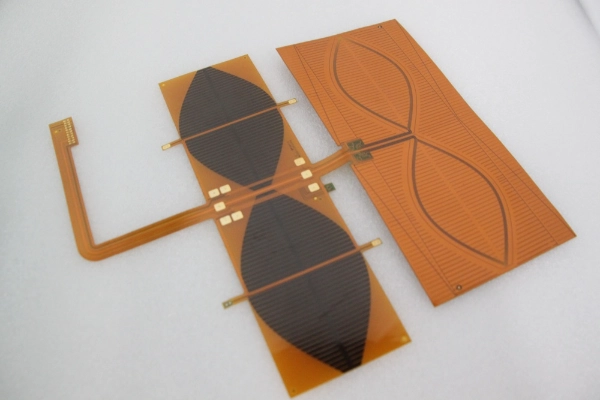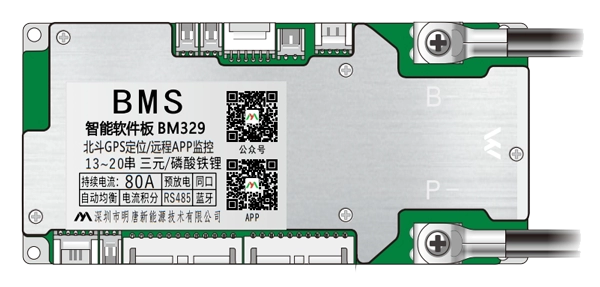When embarking on electronic projects, whether as a hobbyist or a professional, the choice of materials can significantly impact the quality and reliability of your work. One common question that arises is, Can I use plumbing solder for electronics? While it may seem like a straightforward inquiry, the answer involves a nuanced understanding of the properties of different types of solder and their suitability for various applications. In this article, we will delve into the differences between plumbing solder and electronics solder, the implications of using one over the other, and best practices for soldering in electronic applications.
Understanding Solder Types
Solder is a fusible metal alloy used to join together metal workpieces. The two primary categories of solder are plumbing solder and electronics solder, each designed for specific applications.
- Plumbing Solder: Typically composed of a mixture of tin and lead, plumbing solder is designed for joining copper pipes and fittings in plumbing systems. It often contains flux, which helps to clean the surfaces and improve the flow of solder. However, plumbing solder may also contain additional metals like silver or bismuth, depending on the specific formulation.
- Electronics Solder: Electronics solder, on the other hand, is formulated specifically for electrical connections. It is usually made from a tin-lead alloy or lead-free alternatives, such as tin-copper or tin-silver-copper. Electronics solder typically has a lower melting point and is designed to create reliable, conductive joints without damaging sensitive components.
Key Differences Between Plumbing and Electronics Solder
Composition
The composition of solder is crucial in determining its suitability for specific applications. Plumbing solder often contains lead, which poses health risks and is not suitable for electronic applications where safety and reliability are paramount. In contrast, electronics solder is often lead-free, complying with regulations such as RoHS (Restriction of Hazardous Substances).
Melting Point
The melting point of solder affects how it interacts with components. Plumbing solder generally has a higher melting point, which can lead to overheating and damage to sensitive electronic components. Electronics solder is designed to melt at lower temperatures, ensuring that it can be used safely with delicate parts.
Flux Content
The flux used in plumbing solder is typically more aggressive than that in electronics solder. While plumbing flux is effective for cleaning metal surfaces in plumbing applications, it can leave residues that are harmful to electronic circuits. Electronics solder uses rosin-based or no-clean flux, which is less corrosive and more suitable for electronic connections.
Implications of Using Plumbing Solder for Electronics
Using plumbing solder in electronic applications can lead to several issues:
- Poor Electrical Conductivity: Plumbing solder may not provide the same level of electrical conductivity as electronics solder, leading to unreliable connections.
- Component Damage: The higher melting point of plumbing solder can damage sensitive electronic components, resulting in failure or reduced lifespan.
- Corrosion Risks: The flux residues from plumbing solder can corrode electronic components over time, leading to failure.
- Health Hazards: The use of lead-containing plumbing solder poses health risks, especially in applications where soldered joints may come into contact with food or drinking water.
Best Practices for Soldering in Electronics
To ensure the best results in your electronic projects, consider the following best practices:
- Choose the Right Solder: Always opt for solder specifically designed for electronics. Look for lead-free options that comply with safety regulations.
- Use Appropriate Tools: Invest in a quality soldering iron with adjustable temperature settings to avoid overheating components.
- Clean the Surfaces: Ensure that the surfaces to be soldered are clean and free from oxidation or contaminants. This will promote better adhesion and conductivity.
- Control the Heat: Apply heat only as long as necessary to melt the solder. This minimizes the risk of damaging components.
- Inspect Your Work: After soldering, inspect joints for quality. Look for shiny, smooth surfaces that indicate a good connection.
Conclusion
In summary, while plumbing solder may seem like a convenient option for electronic projects, it is not suitable due to its composition, melting point, and flux characteristics. Using the right solder designed for electronics is essential for ensuring reliable, safe, and effective connections. By adhering to best practices in soldering, you can enhance the quality of your electronic projects and avoid potential pitfalls associated with improper materials. Always prioritize safety and reliability in your work, and your electronic endeavors will be much more successful.


